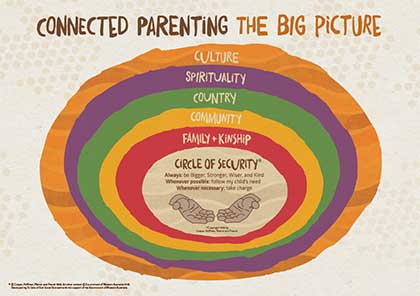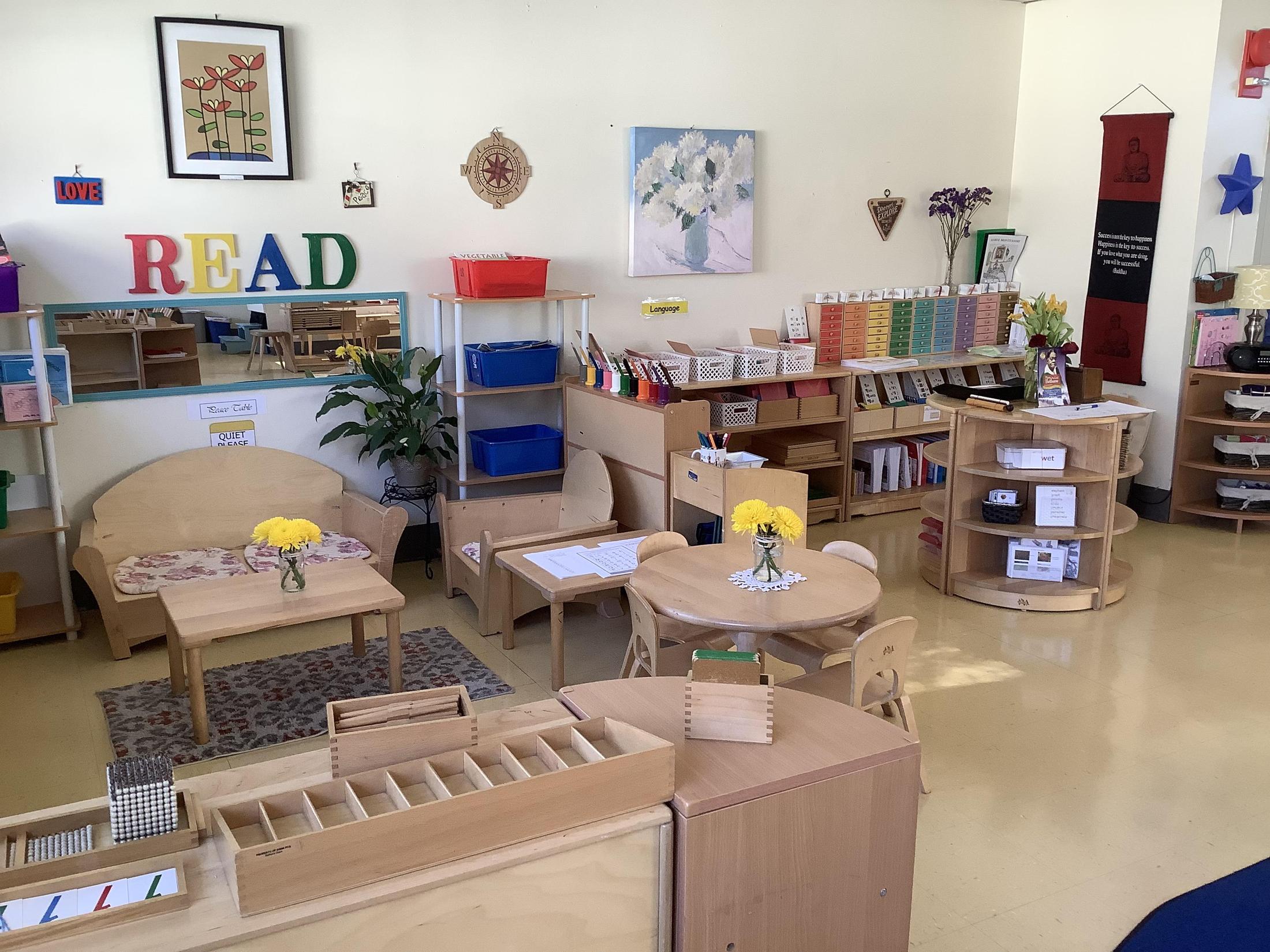
Understanding Attachment: Exploring the Circle of Security
Attachment theory has long been a cornerstone in understanding the bonds between children and their caregivers. One of the prominent frameworks within this theory is the Circle of Security, offering insights into how these relationships develop and thrive. Let’s delve into this model to gain a deeper understanding of how it shapes the emotional landscape of children.
Foundations of Attachment Theory
At the heart of the Circle of Security lies the foundation of attachment theory. Developed by John Bowlby and later expanded upon by Mary Ainsworth, attachment theory posits that the early bonds formed between infants and caregivers play a pivotal role in emotional and social development. These bonds serve as a secure base from which children explore the world and regulate their emotions.
Exploring the Circle of Security Model
The Circle of Security model provides a visual representation of the attachment process, illustrating the dynamic interplay between a child’s need for exploration and the reassurance of a secure base. The circle is divided into quadrants representing the child’s needs: exploration, seeking comfort, returning to exploration, and seeking comfort again. This model helps caregivers understand and respond to these needs effectively.
Secure Attachments: The Heart of the Circle
Central to the Circle of Security is the concept of a secure attachment. When a caregiver is consistently available, responsive, and attuned to a child’s needs, the child develops a secure base from which to explore the world. This secure attachment allows children to feel confident in their ability to seek comfort when needed and then return to exploration with ease.
Understanding Attachment Patterns
Within the Circle of Security, different attachment patterns emerge based on the caregiver’s responses to the child’s needs. Secure attachment is just one of these patterns, characterized by a balance of exploration and seeking comfort. Other patterns include anxious attachment, where children may be clingy and anxious even when the caregiver is present, and avoidant attachment, where children may seem indifferent to the caregiver’s presence.
The Role of Caregivers in the Circle
Caregivers play a crucial role in the Circle of Security, serving as the primary figures from which children seek comfort and assurance. By understanding the cues and signals of their children, caregivers can respond in ways that promote a secure attachment. This involves being emotionally available, responsive, and consistent in meeting the child’s needs.
Creating Safe Emotional Spaces
Within the Circle of Security, the focus is on creating safe emotional spaces for children to explore and express themselves. When caregivers provide a secure base of love, comfort, and understanding, children feel free to navigate their emotions and relationships with confidence. This safe emotional space forms the foundation for healthy emotional development.
Breaking the Cycle of Insecurity
For children who have experienced insecure attachments, the Circle of Security offers hope for healing and growth. By recognizing and addressing patterns of insecurity, caregivers can help children develop more secure attachments over time. This process involves building trust, offering consistent support, and providing a nurturing environment for emotional exploration.
Applying the Circle of Security in Practice
Practical applications of the Circle of Security can be found in various caregiving settings, from parents at home to professionals in early childhood education. Caregivers can use the model to reflect on their interactions with children, identify areas for improvement, and strengthen the bonds of attachment. Through mindful caregiving practices, the Circle of Security can become a guiding framework for nurturing healthy relationships.
The Lifelong Impact of Secure Attachments
The effects of secure attachments extend far beyond childhood. Research has shown that children with secure attachments tend to have higher self-esteem, better social skills, and more resilience in the face of challenges. These foundational relationships pave the way for healthier adult relationships and emotional well-being throughout life.
Embracing the Journey of Attachment
In conclusion, the Circle of Security offers a powerful lens through which to view the intricate dance of attachment between children and caregivers. By understanding the dynamics of the circle, caregivers can create nurturing environments where children feel safe, loved, and free to explore. This journey of attachment is not just about meeting immediate needs; it’s about laying the groundwork for a lifetime of emotional security and resilience. Read more about attachment circle of security



